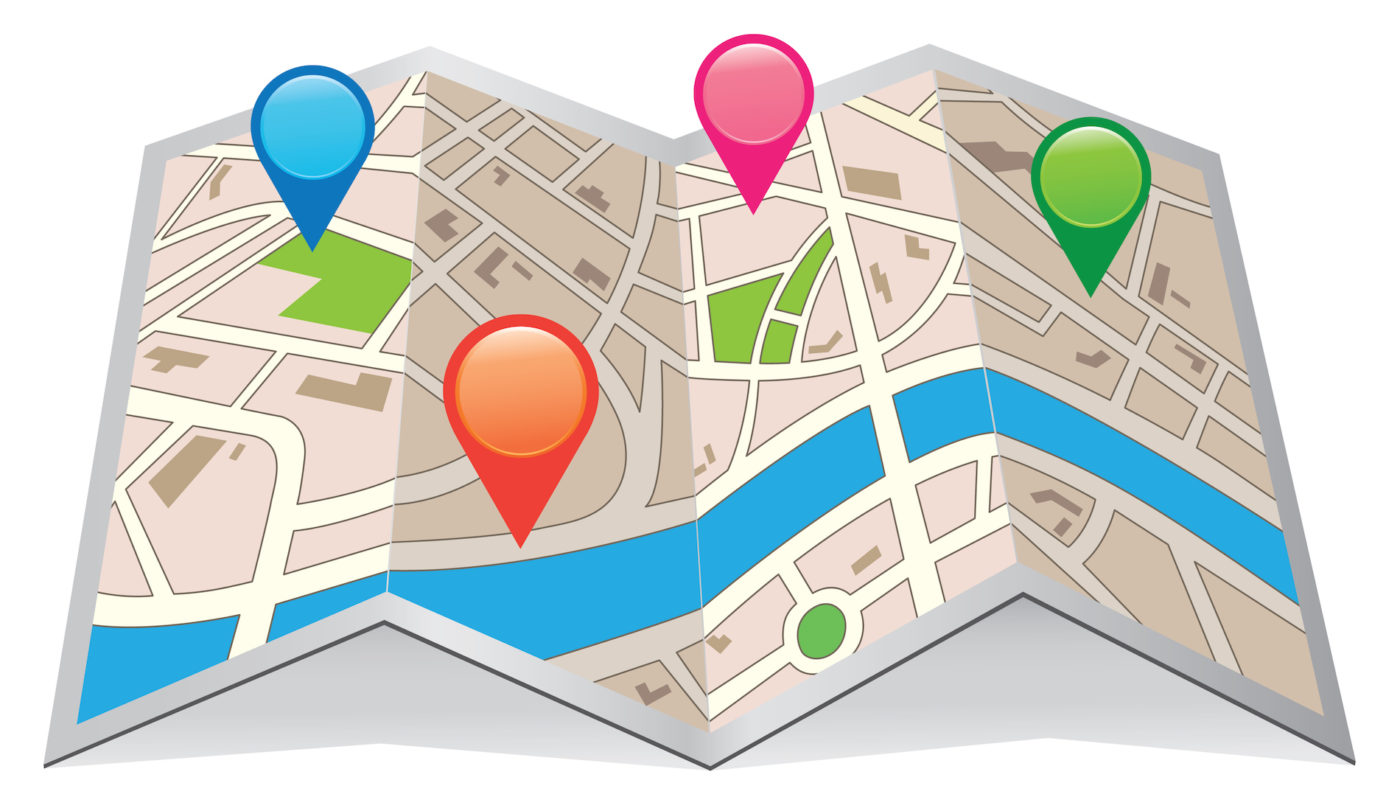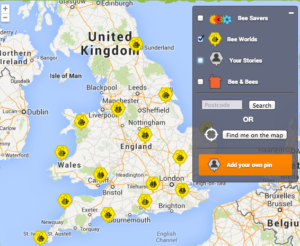If you need a shock-therapy reminder of the accelerated pace of change around us these days, attending a conference on mobile, mapping, and location-based technologies would be a great place to start.
Here’s what I see coming for campaigners after a few days at the O’Reilly Where Conference.
1. Death of the “check-in” gives way to constant location sensing
Imagine heading out for a run or ride with your mobile phone. You’ve already been using the built-in GPS to map your run, track your speed, or (my favorite) compete with others who have taken the same path. But something different happens when you pass that familiar gas or petrol station on the way out of town.

Close-up of Google’s street view trike. Photo by Mickey Mellen.
This time, a notification pops up telling you that the company who owns that station is trying to drill for oil in the Arctic, and that you could make a difference by stopping in and telling the manager that you won’t buy from them anymore if they continue trying to drill the North Pole. But you don’t want to stop your run, so you press a button to be reminded to send a note when you get home.
Finding out what’s around us is nothing new — apps from Yelp, Google Maps, Living Social, and the like have allowed us to proactively surface geo-located information for years. But now we’re seeing a rise in “pervasive sensing” technologies and apps that continually run in the background and send us information that we’ve asked for. It’s a whole new world of possibility for campaigning organisations (and, of course, marketers).
For more evidence that we’re moving away from the “check-in” moments (i’m at X bar, so tell me which friends are nearby or what deals i can get, neither of which have taken off), watch Josh Williams, who runs the Location and Events services at Facebook, talk about how Facebook has intentionally deprecated the “check-in” in favor of location-enhanced status updates, photos, etc. (video)
2. Controlling our physical environments with our phones
The Gap clothing store in San Francisco now invites shoppers to choose the music playing in the store via their smartphone. Other shoppers can discover the song being played and download the track immediately. Where conference speakers also envision a rapidly approaching day when we’ll walk into a friend’s house and take over their TV or sound system with our mobile phones.
This fundamentally changes our perception and expectations of what the devices in our pocket should be able to do. These crowd-powered soundscapes, message boards (stadiums, airports, etc), and the like open up a world of opportunity for activists who will soon have myriad new ways to influence public spaces from their mobiles.
So what happens for advocacy and change-making when we further link up our digital signals to the physical world?
Thanks to new technologies like Foursquare’s realtime API (presented by Akshay Patil), we already live in a world where dogfood billboards can magically dispense dogfood to our four-legged friends seconds after a Foursquare checkin. Or at least that’s how this one works in Germany.
Better yet, we could use check-ins or other forms of digital clicks or votes to literally shut a polluting discharge pipe underwater, as Greenpeace Actions Head Thijs Notenboom envisions here — engaging more people in the change-making process (and ideally future asks). In addition to projecting campaign messages onto a building or international meeting venue, we may soon be adding realtime messages texted or tweeted in from shareholders or voters around the world.
This is significant for at least two reasons:
- Creative new opportunities for supporters to participate in campaigns leads to more engaged supporters and, therefore, bigger/faster wins and more money. (e.g. Two thirds of volunteers in USA also donate according to VolunteerMatch / Fidelity study (PDF))
- As more everyday social tools and services make their data accessible and inter-operable, organisations like Greenpeace increasingly won’t need to build their own apps to facilitate change-making, as the billboard example illustrates.
All of this new location data opens the door to an exciting new campaigning landscape with seemingly endless possibilities. Just one example: Asif Khan showed the audience a futuristic video of a bus with digital billboards on its side pulling up to intersection and displaying the most relevant advertising based on aggregated data of all location based checkins and demographic information.
3. Revolution in payment systems on the way (and already happening)
Technology has already disrupted almost every major system and institution in our lives from media to government, but the banking and payments industry has somehow escaped transformation.
Some of the Where speakers foreshadowed the shifts that we can expect to see — and the new tools and approaches that we may not be using immediately but that are likely to make us start questioning the function and value of our current financial institutions.
I’m already charging certain taxi rides and coffee via my smartphone today, without opening my wallet, thanks to apps from TaxiMagic and Starbucks, but those seem antiquated in the face of new payment networks which integrate loyalty systems with convenience and even more security than we currently enjoy.
Listen to Dwolla CEO Ben Milne blow your mind for a few minutes about why our current payments system is complicated and broken:
Then check out Dwolla, LevelUp, and some of the new ways that PayPal is letting us pay for items in stores like Home Depot with nothing more than a phone number and pin code.
As Ben Milne points out, mobile (smartphones in particular, but any Internet-connected device) opens up tremendous new opportunities by establishing new behaviors and providing us with benefits we didn’t previously have. For many, it is about convenience (the ability to frictionlessly pay by having a phone in my pocket or browse hundreds of restaurant reviews from the sidewalk). For some, it is about security (checking on the house, the kids, the bank account, the current location). And for others, it’s about awareness (the ability to provide and receive information relevant to one’s location and current context).
How does that saying go — with great technology comes great responsibility?
Campaigners and marketers will need to be judicious about how they leverage these powerful new tools, as with any technological advance. I remain optimistic, however, that great opportunities await us to help inform and enable people as well as weave stronger networks in our collective efforts to solve some of the planet’s greatest challenges. Let the development, testing and learning begin.
Categories:
tech, tools and tactics


